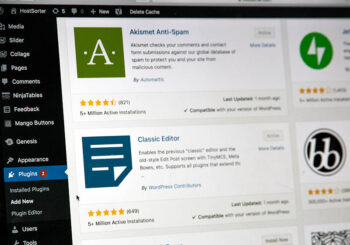Businesses are based on trust, and a successful business strives to develop confidence with their audience. They know that building a good rapport with their audience pays off, and can build a network of promoters. Whereas, if you don’t plant good seeds and build trust, your audience will not rely on you and your brand and will go elsewhere. This train of thought applies to every aspect of business, especially when it comes to your web presence. Your website can make or break your business, so it is important that you have a reliable web presence.
Your website can make or break you. However, you can help avoid any potential downfalls by incorporating these website trust signals into your WordPress site that will help you effectively reach (and keep) your target audience.





